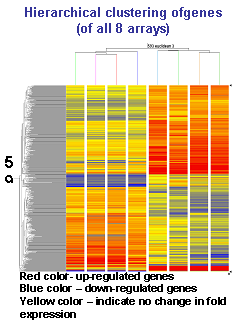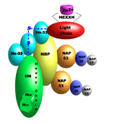Research Projects
Molecular mechanism of BoNTs
BoNTs cause muscle flaccid paralysis by blocking the neurotransmitter release at the neuromuscular junctions. The proposed mode of action of BoNTs involves the specific binding of BoNTs with the receptor on the nerve cells; the endocytosis of the toxin into nerve cell and translocation of the toxins from endosome to cytosome of the nerve cells, and the cytotoxicity of BoNTs by being a selective endopeptidase targeting SNARE proteins, which are critical for neurotransmitter release. We are working on all three proposed steps of the mode of action of BoNTs, receptor binding, membrane translocation, and endopeptidase activity, to elucidate the molecular basis of BoNTs.
Protein Purification & Recombinant Protein Expression
We routinely isolate and purify all the seven serotypes of BoNT from bacterial cultures. We have developed the molecular biology experiences to clone, express, and purify the recombinant light and heavy chains of BoNTs, the SNARE proteins, and the mutants of those proteins.Host Response
Current knowledge is that BoNT blocks neurotransmitter release by intracellular endopeptidase activity. However, given the fact that the toxin can survive for months inside neuronal cells, it is likely to influence the genetic and metabolic activity of cells. The Center scientists are carrying out research with microarray, cytokine response, and cellular apoptosis to delineate host response to BoNT exposure.

Structure & Composition
The seven well known serotypes of BoNTs are produced in for form of varying sizes of complexes, each consisting of BoNT and group of neurotoxin associated proteins (NAPs). There is a need to understand the interplay between BoNT and NAPs in the production and release of these complexes from Clostridium botulinum, and in the functioning of the BoNT under physiological and therapeutic conditions. These proteins also provide a rich source of data to understand their evolution and the molecular features of evolution itself.


